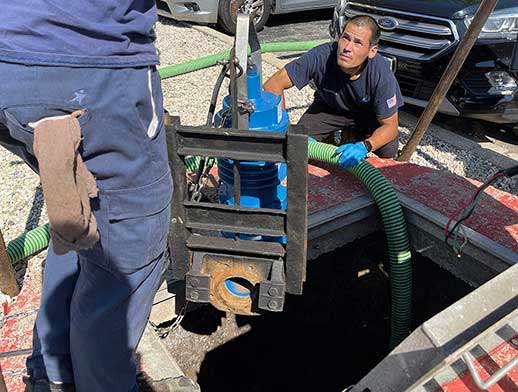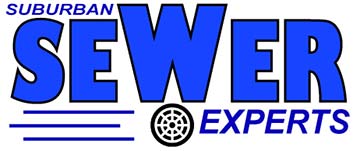
The sewer system in a commercial building should never be seen as mere plumbing. Although it is not a direct player in the business operations in the building, the sewer line plays a role in the success or failure of the businesses that occupy the premises, notes Specialized Management Houston team.
Visitors to the building, as well as employees, interact with the sewer line daily, and the performance of the sewer system directly impacts their comfort, health, and safety. If the sewer line is in good condition, people will feel more at ease in your building.
On the other hand, a malfunctioning sewer line can ruin the reputation of the property manager as well as that of any business operating from the building. Problems like a broken sewer line may even lead to your commercial building being shut down.
Here are a few ways a clogged or broken sewer line can affect a commercial building.
Impact of sewer line problems on a commercial building
- Operational disruptions
Severe sewer line leaks or backups can force you to shut down some sections of your commercial property. The problem may even require full-scale evacuation of the premises. The resulting loss of revenue, productivity, and opportunities is hard to quantify.
- Reputational damage
Customers use their experience of using a commercial building’s toilet facilities as a gauge of how well the business is run. The loss of trust and confidence that results when the toilet and sewer line fails to meet the expectations of staff and customers is very hard to repair.
- Low-quality clientele
One of the consequences of sewer line problems on a business is that quality customers – who are usually willing to pay more and therefore expect more – start to avoid the business. This forces the business to compete on price alone to attract low-quality customers.
- Property damage
A leaky or backed-up sewer line can cause serious damage to your building. If leaks are not found on time, water can seep into the foundation and compromise the structural integrity of the building. Sewer line problems also damage parking lots, walkways, and landscaping.
- Inflated maintenance costs
Unresolved sewer line issues in a commercial building lead to higher maintenance costs. These costs are not limited to the money spent fixing the sewer line. They include the cost of fixing the damage to nearby structures.
- Health and safety hazards
Sewer line problems can pose serious health hazards to staff, customers, and visitors. Leaky or backed-up sewer lines may spill untreated sewage into surrounding areas. This unsanitary material not only pollutes soil and groundwater, it can also contaminate drinking water.
- Exposure to legal problems
Sewer line problems expose you to the risk of time-wasting and costly lawsuits. Sewer line issues can also attract unwanted attention from the authorities, leading to hefty fines and penalties or even business closure.
Sewer line maintenance in your commercial building
Regular maintenance of your commercial sewer line promotes business success for the owner of the building and businesses located on the premises. Sewer line maintenance should be done on an ongoing basis rather than intermittently (that is, only when problems arise).
A proper sewer line maintenance plan for your commercial building should have the following:
- Sewer camera inspections
Also known as CCTV surveys, this is a non-invasive (does not involve digging) method for evaluating the internal condition of the sewer line. It is the most efficient method for detecting potential sewer line issues or determining the root cause and extent of existing problems. Doing this inspection every 1-2 years helps to prevent costly repairs. Unlike other inspection methods, sewer camera inspections will not disrupt the activities in your building.
- Professional drain cleaning
Regular drain cleaning prevents clogs and blockages from forming inside your sewer line. This procedure is especially essential for commercial sewer lines because they tend to suffer a lot of abuse from the wide variety of people who use them. The recommended frequency for professional sewer line cleaning is yearly, and the most effective professional drain-cleaning methods are hydro-jetting and sewer rodding.
- Timely sewer line repairs and upgrades
It is not enough to inspect your sewer line. Inspections should be followed up with prompt repair of all detected issues. If this is done, the problems in the sewer line will be minimal because they will be solved preemptively. In addition to fixing sewer line issues, it is important to implement upgrades when necessary.
- Preventive measures
Tree root intrusion into pipes is a common problem in sewer lines. Trees and shrubs with invasive root systems should not be planted near the location of your sewer line. It is also important to educate users on the right and wrong use of the plumbing facilities. Posting these rules and guidelines in prominent locations can help to prevent sewer line issues.
Lastly, working with a trustworthy and experienced commercial plumber is critical. A good plumber will navigate the maze of symptoms in your building’s sewer line to detect their root cause and solve the problems.

